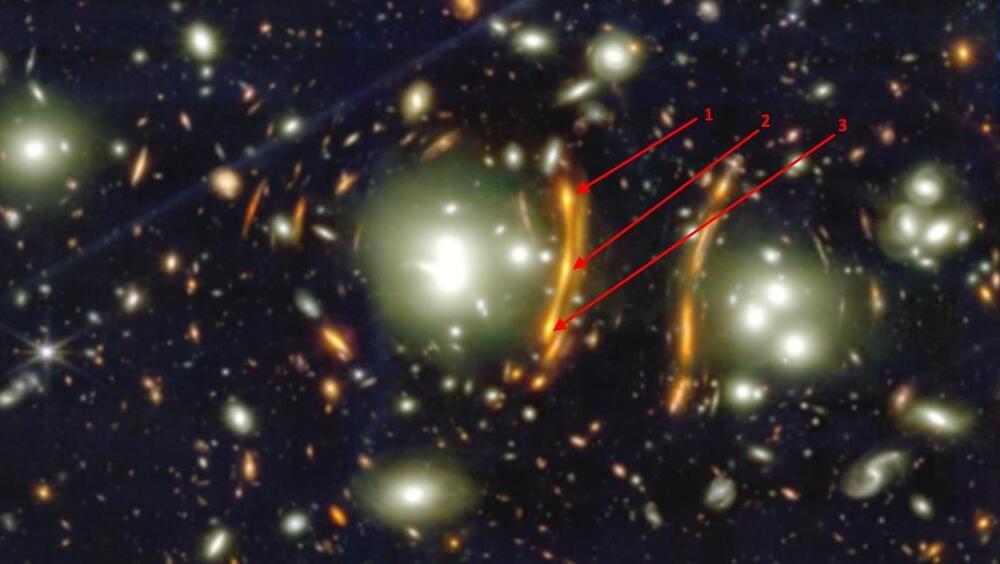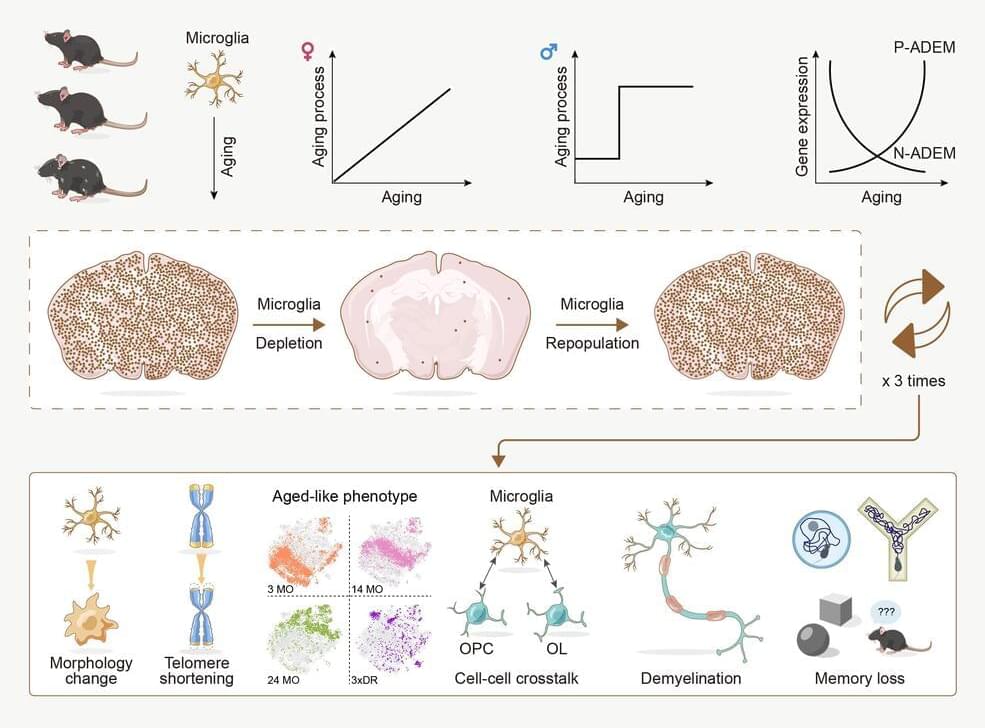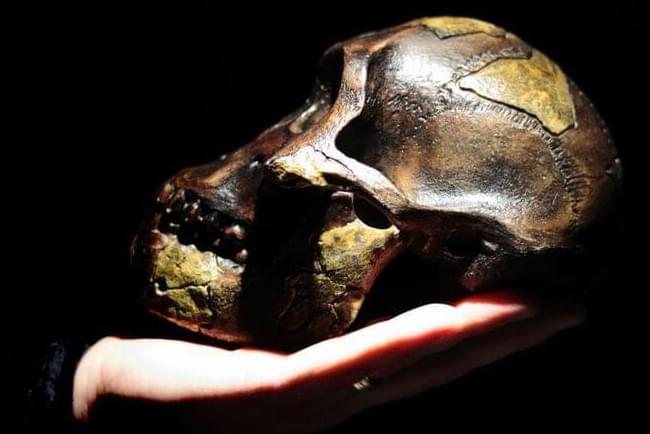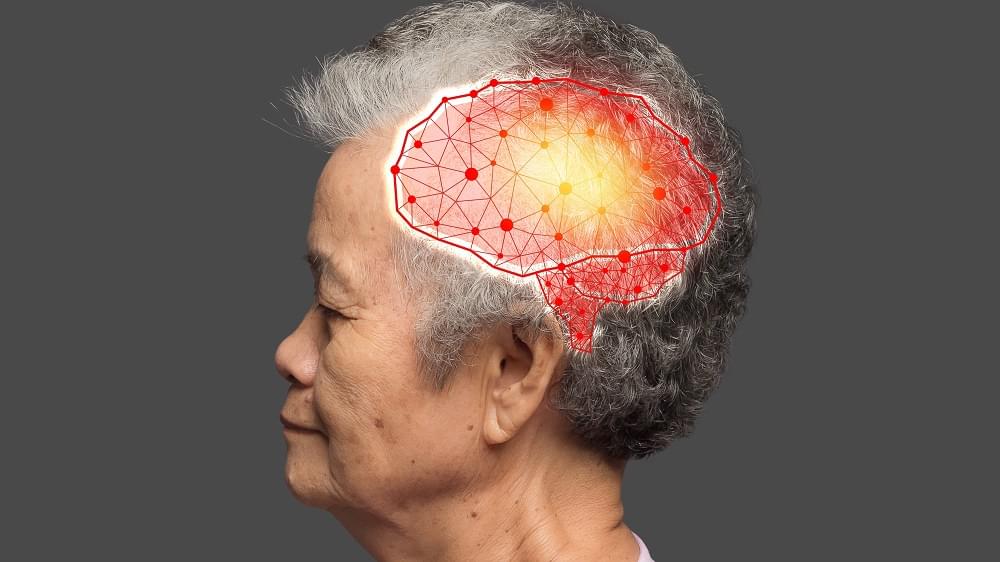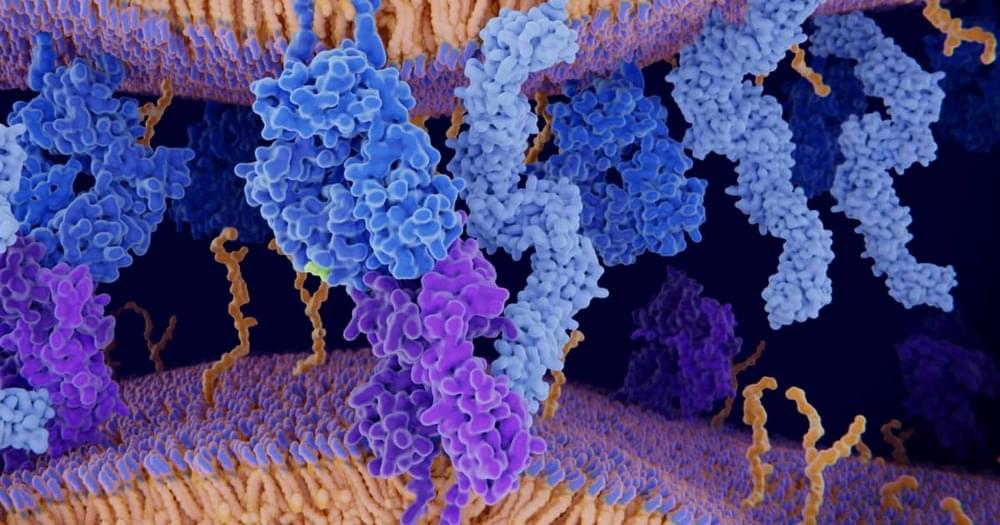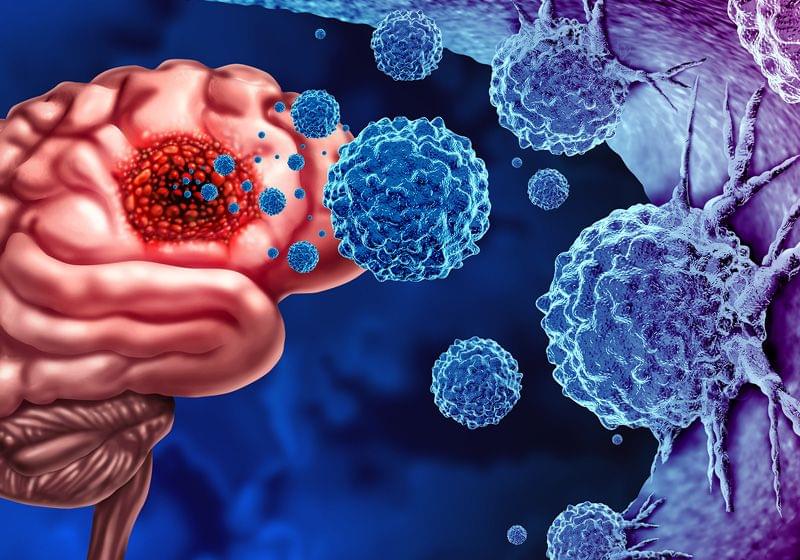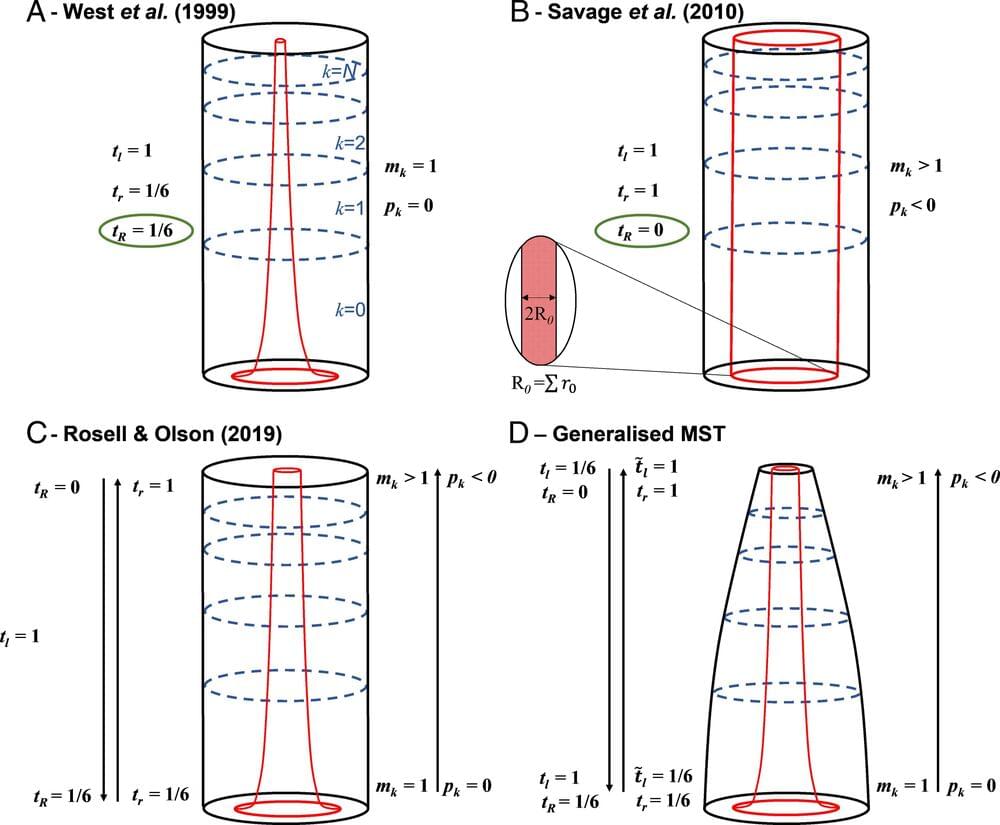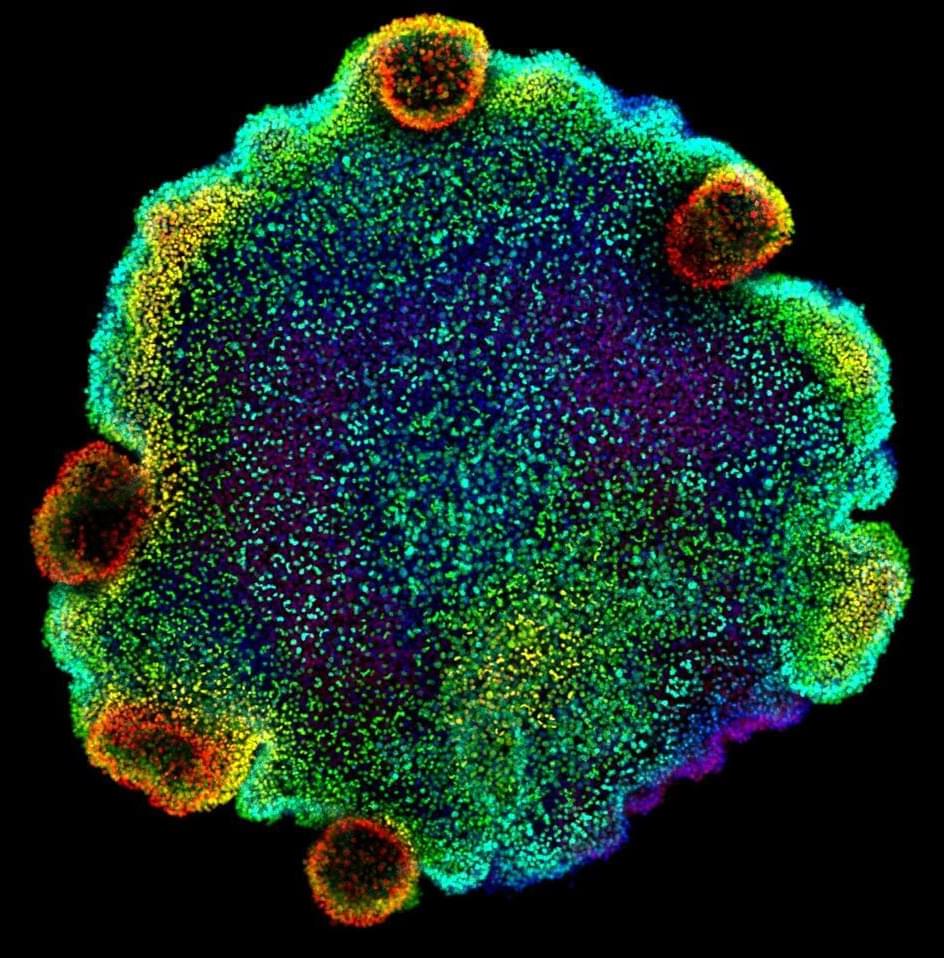Sep 20, 2023
JWST’s first triple-image supernova could save the Universe
Posted by Paul Battista in categories: cosmology, futurism
With future observations and as more time passes — both from new data and from data that’s still being analyzed and prepared by this collaboration — we may obtain the most precise and accurate measurement for the expansion rate of the Universe using the cosmic distance ladder method of all-time.
This triply-imaged supernova was not named “Supernova H0pe” in vain, as it really does give us hope that the answer to today’s greatest cosmic puzzle may indeed be written on the face of the Universe. With JWST going strong, we may have already found the galaxy cluster, and the gravitationally lensed system, that will resolve what’s been puzzling astronomers for the entirety of the 21st century.
